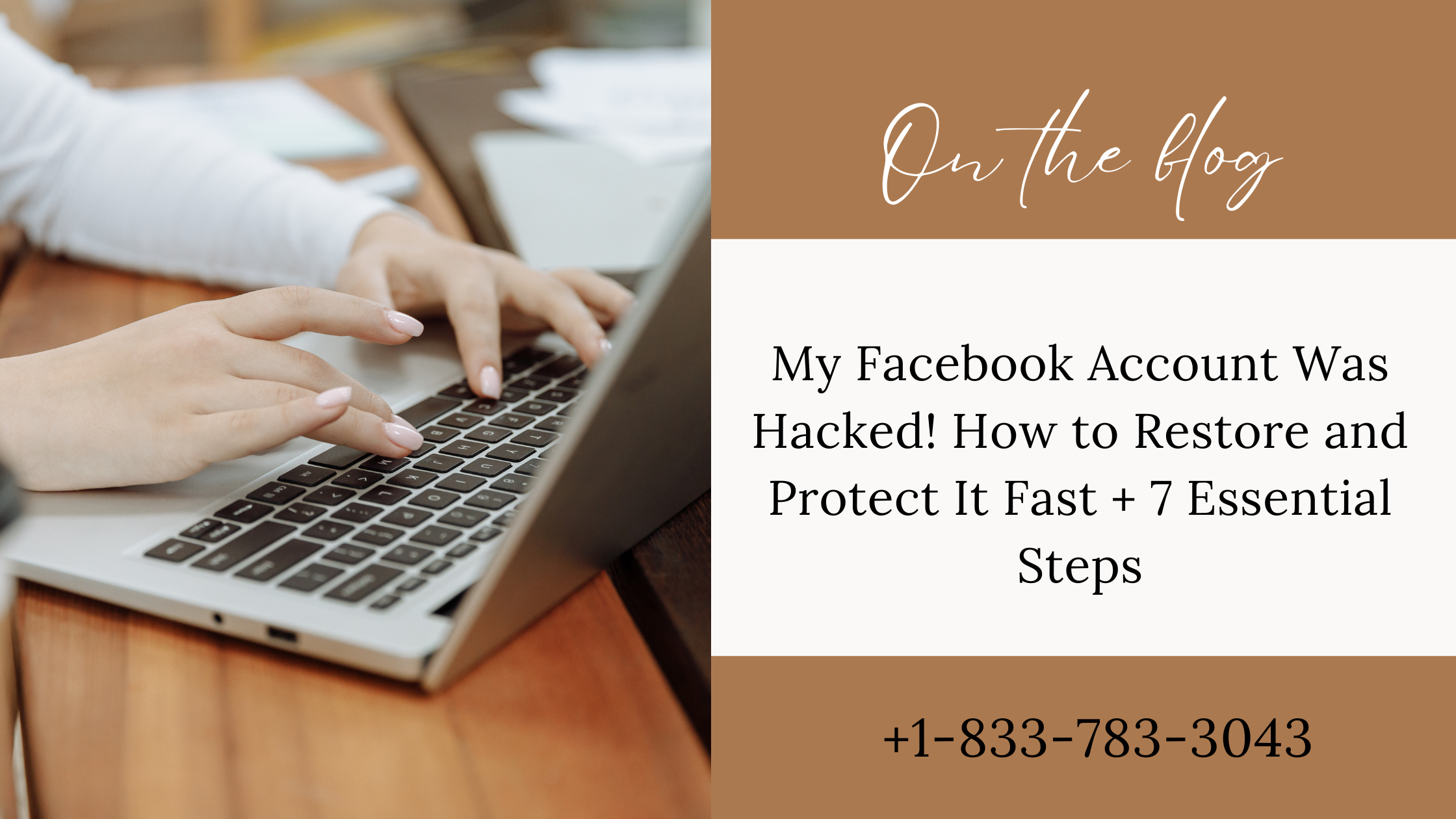
Facebook is one of the most popular social media platforms, but that also makes it a prime target for hackers. If you find yourself thinking, “My Facebook account was hacked!”—don’t panic. With the right steps, you can recover your account and prevent further damage. This guide walks you through everything you need to know to restore and protect your Facebook profile.
1. Recognize the Signs of a Hacked Account
Detecting unauthorized access early can save you from severe damage. Here are common signs your Facebook account might be compromised:
Unfamiliar Logins
Check your recent login history for any suspicious activity:
- Locations you haven’t visited
- Devices you don’t recognize
Changed Information
Hackers often change critical account details, such as:
- Email addresses
- Phone numbers
- Passwords
Unauthorized Posts
Look out for:
- Spam posts or messages
- Friend requests sent without your knowledge
2. Immediate Actions to Take
If you suspect your account is compromised, act quickly to minimize damage.
Secure Your Account
- Go to Facebook’s Help Center.
- Follow the prompts to report a hacked account.
Change Your Password Immediately
- Navigate to Settings > Security and Login.
- Choose “Change Password” and create a strong, unique password.
3. Recovering Your Facebook Account
If you’ve lost access, use Facebook’s recovery tools.
Using Facebook’s Account Recovery Tool
- Visit the Facebook Account Recovery page.
- Enter your email, phone number, or full name.
Verifying Your Identity
You may need to upload a government-issued ID to verify your identity. Ensure the document is clear and matches your profile information.
4. Strengthen Your Account Security
Once your account is back, fortify it against future hacks.
Enable Two-Factor Authentication
- Go to Settings > Security and Login.
- Turn on “Two-Factor Authentication.”
- Choose SMS or an authenticator app for added protection.
Review Login Activity
Regularly check your login history and remove unfamiliar devices.
5. What to Do If You Can’t Access Your Account
If standard recovery fails, try these advanced methods.
Contact Facebook Support
Use the “Need Help?” option on the login page for additional assistance.
Recover via Trusted Contacts
- Select “Forgot Password” on the login page.
- Choose “Reveal My Trusted Contacts.”
- Ask your contacts to provide the recovery codes.
6. Prevent Future Hacks
Proactive steps can keep your account safe moving forward.
Use Strong Passwords
Create a unique password with:
- At least 12 characters
- A mix of letters, numbers, and symbols
Recognize Phishing Attempts
Watch out for fake emails and websites pretending to be Facebook.
7. Protecting Your Personal Information
Manage your digital footprint to limit exposure.
Manage App Permissions
- Go to Settings > Apps and Websites.
- Revoke access to suspicious third-party apps.
Limit Public Sharing
Adjust your privacy settings to control who sees your posts and personal details.
FAQs
1. How long does it take to recover a hacked account?
It typically takes 24-72 hours, depending on the verification process.
2. Can I recover my Facebook account without email access?
Yes, use your phone number or trusted contacts for recovery.
3. What should I do if the hacker changes my email?
Use Facebook’s “Report Compromised Account” page to reclaim control.
4. How do I report a hacked account to Facebook?
Visit facebook.com/hacked and follow the instructions.
5. Is two-factor authentication necessary?
Absolutely—it adds a crucial extra layer of security.
6. How can I prevent my account from being hacked again?
Enable 2FA, use strong passwords, and stay alert to suspicious activities.
Conclusion
Having your Facebook account hacked is stressful, but recovery is possible with swift action. Follow these steps to restore access, enhance security, and safeguard your information against future threats. Stay proactive and prioritize your online safety.


Leave a Reply